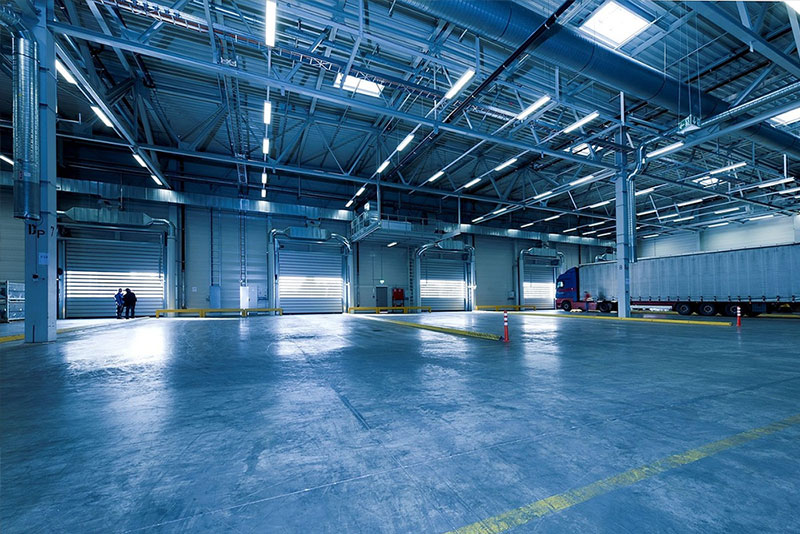Inventory management is a critical aspect of any business that deals with physical goods. One of the challenges faced by companies, especially those operating on a global scale, is the issue of inventory backlog. This occurs when there is a surplus of stock that exceeds current demand or storage capacity, leading to inefficiencies and increased costs.

US overseas warehousing offers a strategic solution to mitigate inventory backlog effectively. By establishing warehousing facilities in key international locations, companies can distribute their inventory closer to high-demand markets. This decentralization of stock helps in several ways:
1. Faster Order Fulfillment: When inventory is stored closer to customers, orders can be fulfilled more quickly. This reduces lead times and improves overall customer satisfaction.
2. Cost Savings: Holding inventory in overseas warehouses can lead to cost savings in several areas. Reduced transportation costs, lower duties and taxes, and optimized storage expenses contribute to a healthier bottom line.
3. Seasonal Demand Management: Many products experience seasonal fluctuations in demand. By strategically placing inventory in overseas warehouses, companies can better manage these fluctuations and avoid overstocking during off-peak seasons.
4. Flexibility and Scalability: US overseas warehousing provides flexibility to scale operations according to market demands. Companies can adjust inventory levels more dynamically, responding faster to market changes and opportunities.

Overall, the strategic use of US overseas warehousing is a proactive approach to reducing inventory backlog. By optimizing inventory placement, businesses can improve operational efficiency, reduce costs, and enhance their competitive edge in the global market.